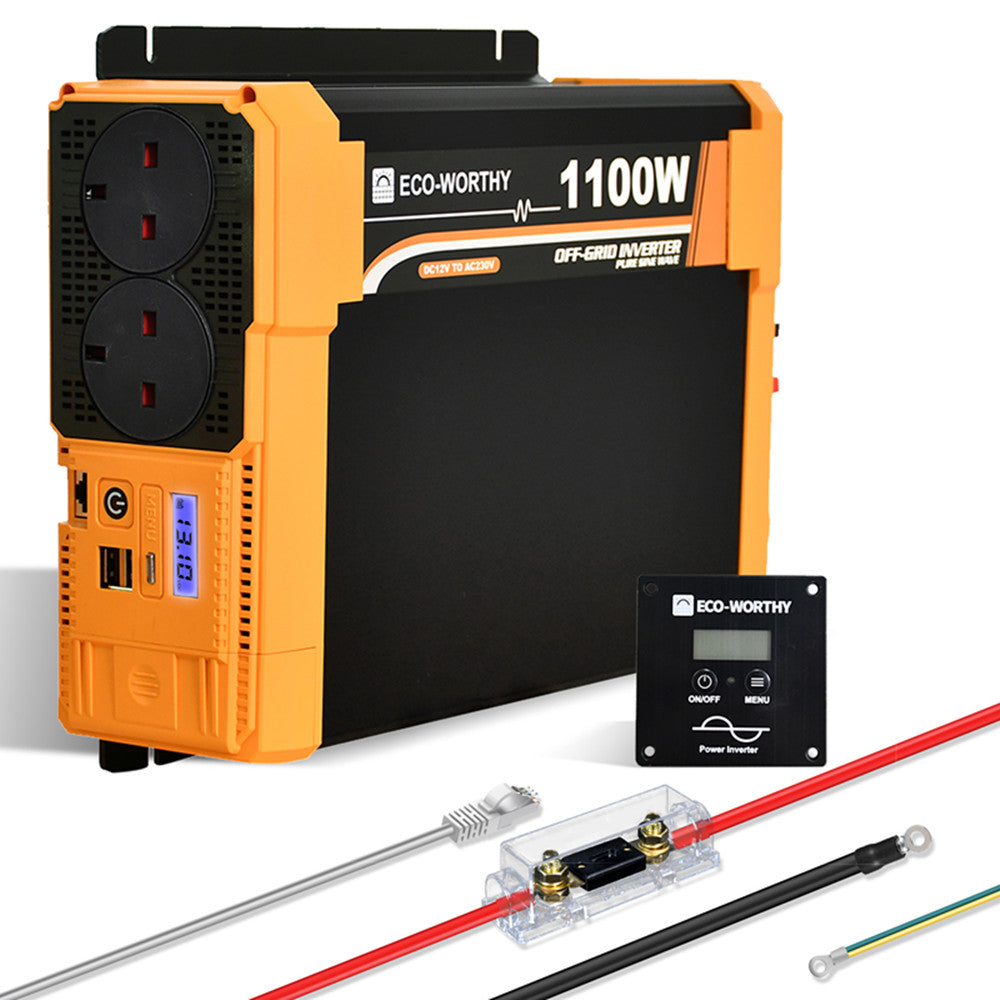In today's world, the need for reliable power sources has never been more critical. One device that plays a significant role in this regard is the 12V to 220V inverter. This article aims to provide a comprehensive understanding of how this inverter operates and its various applications.

What is a 12V to 220V Inverter?
A 12V to 220V inverter is an electronic device that converts direct current (DC) from a 12V battery into alternating current (AC) at 220V. This conversion is essential for powering household appliances and electronic devices that typically require AC power. But how does this process work?
How Does a 12V to 220V Inverter Work?
The operation of a 12V to 220V inverter can be broken down into several key steps:
- DC Input: The inverter receives 12V DC power from a battery.
- Oscillation: The inverter uses oscillators to create a square wave or modified sine wave, which is essential for AC output.
- Transformation: A transformer steps up the voltage from 12V to 220V.
- Output: The final output is a 220V AC power that can be used to run various devices.
Applications of a 12V to 220V Inverter
The versatility of a 12V to 220V inverter allows it to be used in numerous applications, including:
- Off-Grid Power Supply: Ideal for remote locations where grid power is unavailable.
- Backup Power: Provides emergency power during outages, ensuring that essential appliances remain operational.
- Solar Power Systems: Often used in conjunction with solar panels to convert stored energy into usable AC power.
- Recreational Vehicles: Commonly found in RVs to power appliances while on the road.
Choosing the Right 12V to 220V Inverter
When selecting a 12V to 220V inverter, consider the following factors:
- Power Rating: Ensure the inverter can handle the total wattage of the devices you intend to use.
- Type of Inverter: Decide between pure sine wave and modified sine wave inverters based on your power needs.
- Portability: If you plan to use it in various locations, consider a lightweight and compact model.
Conclusion
In summary, a 12V to 220V inverter is an invaluable tool for converting DC power into AC power, making it essential for a wide range of applications. Whether you are looking for a backup power solution or a way to utilise solar energy, understanding how this device works will help you make informed decisions. By considering the factors mentioned above, you can select the right inverter to meet your specific needs.







